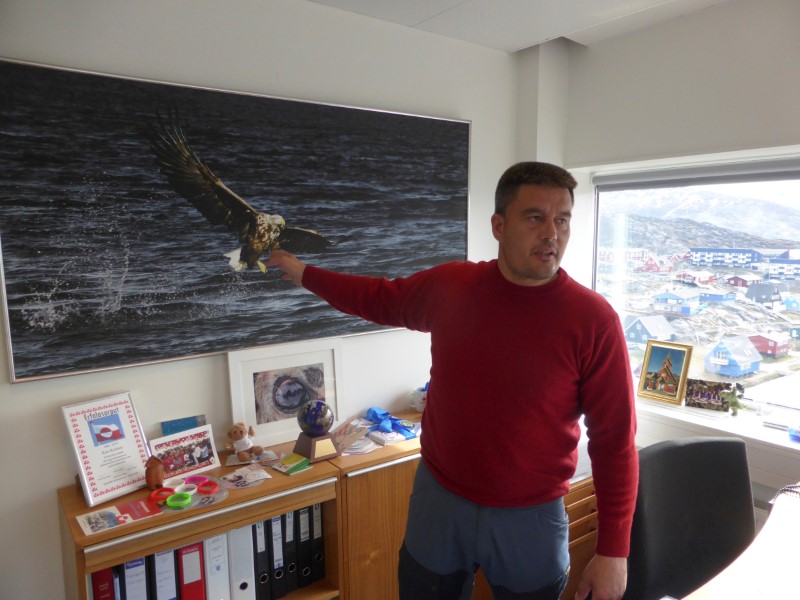Greenland’s two largest parties have headed their separate ways
With the return of IA to the opposition, three key economic issues appear ready to move forward.

For the past year and half, the two largest parties in Greenland’s national assembly have agreed to disagree about uranium mining. Papering over the difference made it possible for Siumut and IA to form a coalition government that, together with a third party, controlled 27 of the Inatsisartut’s 31 seats.
After a general election on April 24, in which Siumut and IA finished in first and second place, respectively, many in Greenland had hoped the two traditional rivals would continue to set their differences aside and form another grand coalition that could make significant progress towards addressing pressing problems.
This will not be the case. After IA on Thursday left talks to form the next government, Kim Kielsen, Siumut’s leader and the incumbent premier, on Friday announced the formation of a four-party government that includes Partii Naleraq and Nunatta Qitornai, which both favor quick independence, and Atassut, a center-right party that favors continued close ties with Denmark.
The coalition gives Kielsen a single-seat majority, but it will see him preside over a cabinet made up of like-minded parties on most issues. Perhaps the most important of these is a reform of fishing regulations. Fishing is a vital part of Greenland’s economy, providing 90 percent of exports, and a disagreement within the previous cabinet over how to ensure the industry’s long-term outlook forced Kielsen to hold the election six months ahead of schedule.
[Why election day in Greenland is anything but ordinary]
The four parties have also agreed to work towards securing construction of three airports, which, at a cost of 3.5 billion kroner ($560 million), is reckoned to be the country’s largest infrastructure projects ever.
Despite IA’s decision not to form a coalition with Siumut, Kielsen suggested that the differences it had with his government were not so great that it would rule out continued collaboration on important issues.
The breakdown with IA came after the party presented Kielsen with a list of seven requirements that he must accept if it was to continue in his government.
While most appeared vague enough to allow him to work into a government platform without appearing to cave in, two — a blanket rejection of uranium mining, and a demand that fisheries reform be based on IA’s own, more conservative, proposal — were both specific and at odds with the policy of Kielsen’s own Siumut party.
[In Greenland, voters hope election is nothing fishy]
After IA’s departure on Thursday, Kielsen suggested the dispute over fisheries had been unnecessary. The party, he said, had been open to discussing the reform, provided that fishermen remained the main beneficiaries of any changes. The comment, though, appears to indicate conflict would have been inevitable. IA claims that the changes Siumut has in mind threaten the sustainability of the industry.
With IA outside the government, discussion about whether to approve the two most advanced projects involving uranium mining, both in southern Greenland, is likely to resume.
For Siumut, this will be a welcome development. The party has long favored uranium mining, and in 2014 shepherded a reversal of a national ban on uranium mining through Inatsiartut, where it passed by a single vote. The election of a pro-mining Siumut candidate from the area where the mines would be located means the pressure will be on the government to approve the projects once final assessments of their potential impacts are ready.
Kielsen, however, will still face opposition from within his ranks from Partii Naleraq, which turned down an invitation to join the Kielsen’s first cabinet rather than risk being associated with its approval.